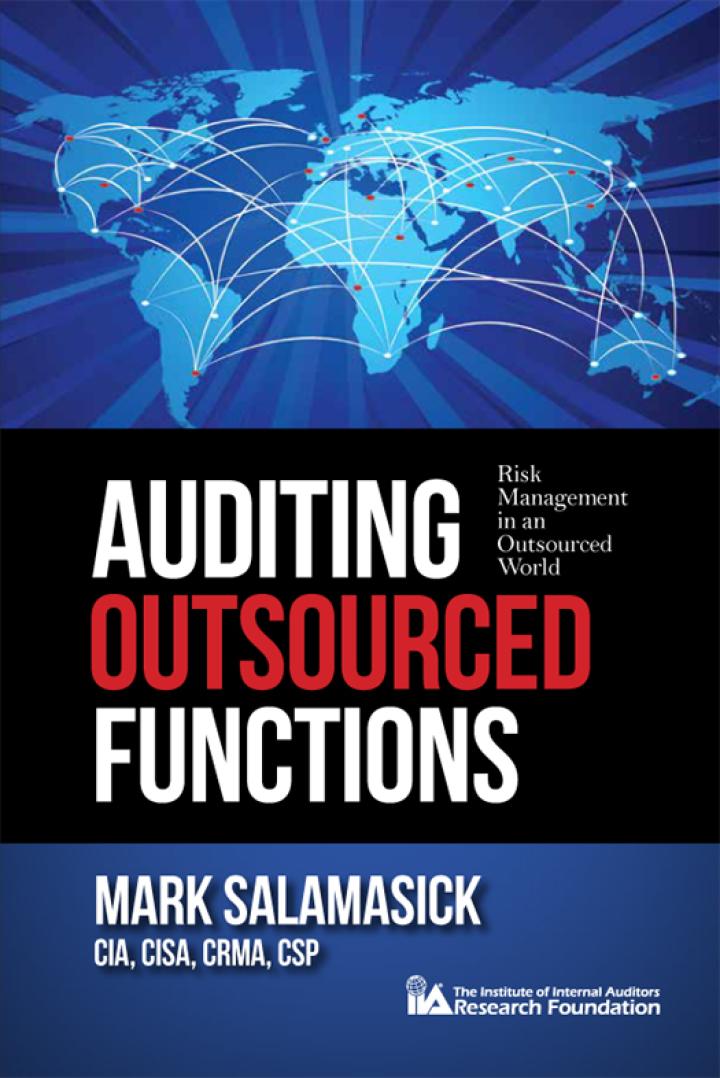Answered step by step
Verified Expert Solution
Question
1 Approved Answer
Rob's (agent 1) and Eve's (agent 2) preferences can be described by the following utility functions: U1(x)=max{x1,x2} and U2(x)=x1+x2. Each one of the have equal

Step by Step Solution
There are 3 Steps involved in it
Step: 1

Get Instant Access to Expert-Tailored Solutions
See step-by-step solutions with expert insights and AI powered tools for academic success
Step: 2

Step: 3

Ace Your Homework with AI
Get the answers you need in no time with our AI-driven, step-by-step assistance
Get Started


